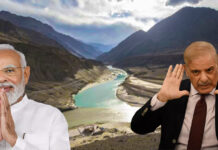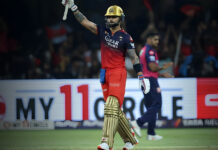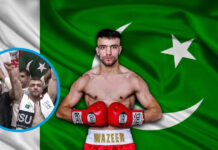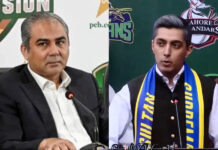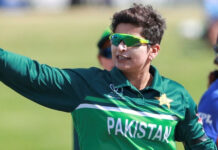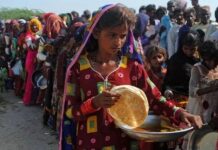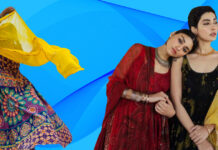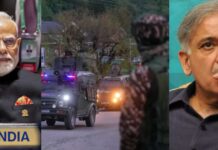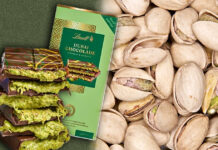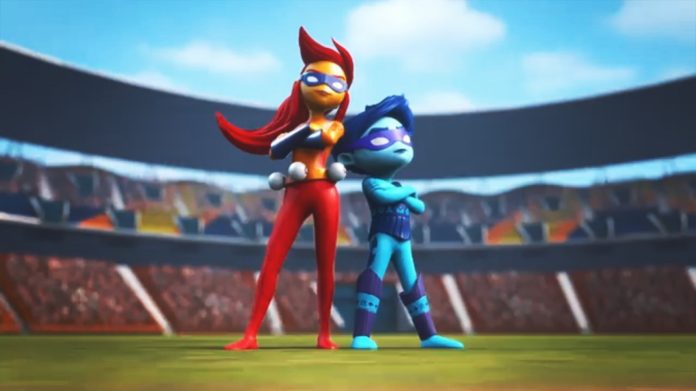The International Cricket Council (ICC) has unveiled the exciting mascots for the upcoming ODI World Cup 2023, set to take place in India from October onwards. The grand revelation occurred at an event in Gurugram on August 19. Graced by the presence of the current captains of U19 World Cup winning teams, Yash Dhull and Shafali Verma.
Meet the Mascots of Unity and Diversity
The two #CWC23 mascots are here 😍
Have your say in naming this exciting duo 👉 https://t.co/AytgGuLWd5 pic.twitter.com/7XBtdVmtRS
— ICC (@ICC) August 19, 2023
Hailing from a captivating cricket realm known as Crictoverse, the mascots embody a striking union of gender equality and diversity. Marking a powerful statement by the ICC. These mascots, one male and one female. Stands as symbols not just for the sport of cricket but also for the values of inclusivity and unity that the game upholds.
ICC’s Head of Events, Chris Tetley, expressed the significance of these mascots, stating, “The perpetual characters signify cricket’s universal appeal beyond cultures and boundaries with the mascots standing as beacons of unity and passion. With representation of both genders, they epitomize the vital role of gender equality in our dynamic world.”
A Fan-Influenced Creation
The design of these vibrant mascots was shaped with the active involvement of cricket fans worldwide. The ICC conducted extensive surveys to ensure that the mascots resonated with the global cricketing community. Moreover, the ICC has opened the door for fans to continue their engagement by inviting them to participate in naming the mascots. This opportunity for fan participation in the naming process is available until August 27.
Mixed Reactions from Netizens
While the mascots represent a powerful message of unity, diversity, and gender equality, not all reactions have been uniformly positive. Some online users have expressed their views on various platforms. A particular sentiment echoed by some is that the mascots lack a connection to the native culture of India, the host country of the event.
The mascot should be based on some native culture, history, or symbols, similar to how the 2011 Cricket World Cup mascot was an elephant, a native animal of India. The current ones seem quite out of place. Just generic poorly designed cartoons, and now asking for names. Bad!
— THE SKIN DOCTOR (@theskindoctor13) August 20, 2023
A user’s comment on X (formerly Twitter) argued, “The mascot should be based on some native culture, history, or symbols, similar to how the 2011 Cricket World Cup mascot was an elephant, a native animal of India. The current ones seem quite out of place. Just generic poorly designed cartoons, and now asking for names. Bad!”
In addition to concerns about cultural representation, others have noted that the mascots appear somewhat disconnected or detached from the essence of cricket.
An Ongoing Dialogue
As the fan reactions reveal, the introduction of the mascots has sparked a dialogue about representation and design choices. While some fans appreciate the message they convey, others seek mascots with a stronger connection to the host country’s cultural identity. This discourse underscores the significance of meaningful representation in global events.
First image is the mascot for the Asian Athletics Championship in Thailand, a tribute to the revered Hindu Lord Hanuman.
Second image is the mascot for the Cricket World Cup in India – no national connect, no cultural connect, they look like AI generated sci-fi characters. pic.twitter.com/bAtLCzEjh5
— Hardik Rajgor (@Hardism) August 20, 2023
As the countdown to the ICC ODI World Cup 2023 continues, the mascots will continue to serve as conversation starters, amplifying discussions about cricket’s ability to transcend borders and inspire unity, even as they evolve based on the feedback and participation of passionate cricket enthusiasts worldwide.
Stay tuned to Brandsynario for the latest news and updates.





